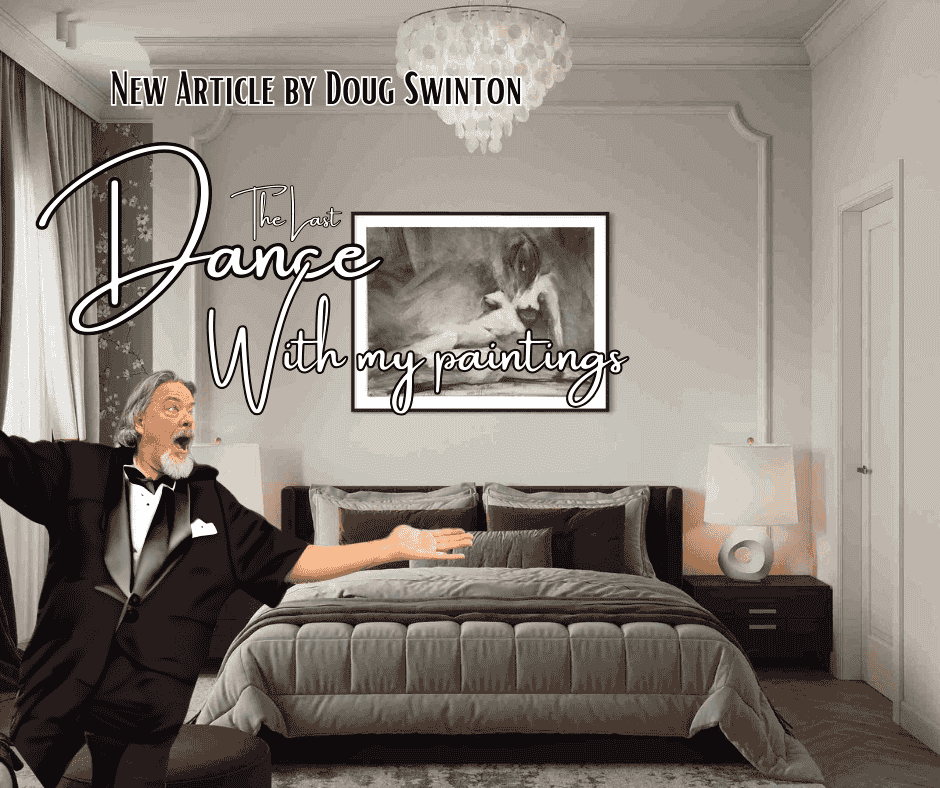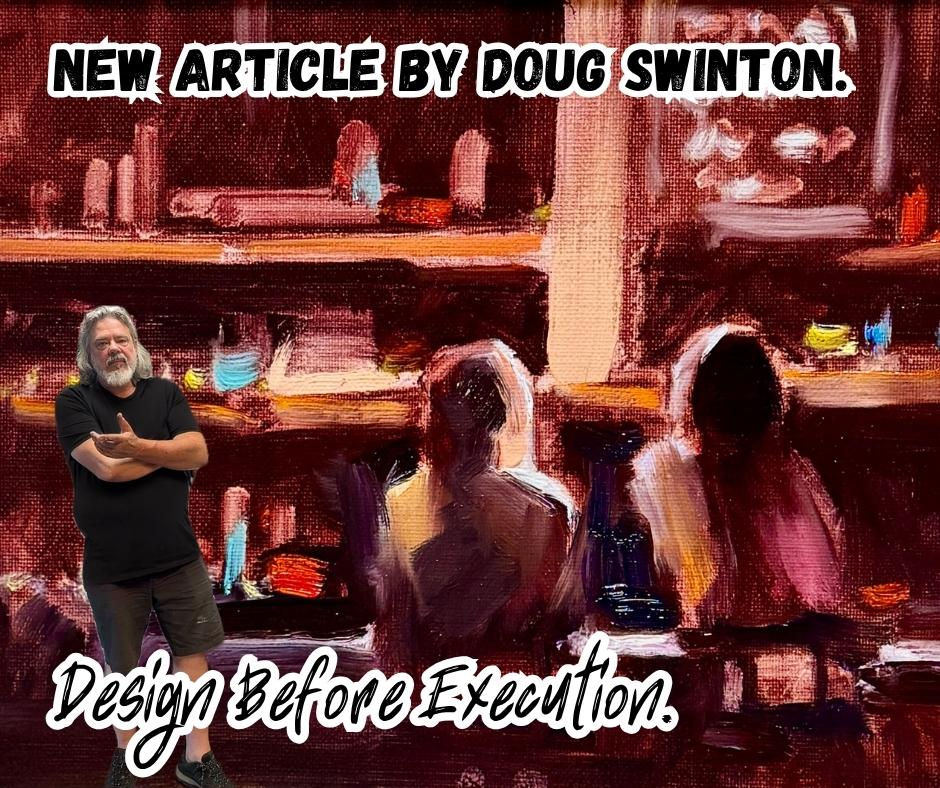Painting Tips #42
- Doug Swinton

- Jun 4, 2012
- 2 min read
Updated: Feb 22, 2021
8 things I know for sure.
Your eyes play tricks on you. Your brain wants to see it all - don't let it! If you want details in your painting, put them in later. Begin by tricking your brain into seeing less. It's simple. Squint!
What are cause and effect? Every detail in your painting, every stroke, every colour and tone has a job to do. Pay attention to the entire painting to figure out what the effect of an individual stroke is and more importantly, what effect you want to create.
Read more to see the 8 things I know for sure...
Squint when you are looking at your subject. Eliminate all the detail and whittle it down to 3 to 5 simple shapes.
Think 'cause and effect'. As John Carlson says in his Guide to Landscape Painting: “We must not train our eyes to copy tone for tone but think of the bearing of such colours and harmonies upon the main idea of our picture." (Great book, available for a few shillings)
It’s all in value. Is it lighter or darker? You might have the right colour but do you have the right value? Value trumps colour every time.
Temperature is all you need to know about colour. Is it warmer or is it cooler? Don’t worry about what colour it is, worry more about what temperature it is.
Evaluate. If your painting isn’t working, identify the problem. Ask simple questions. Is it?.... Too big, too small? Too bright, too dull? Too round, too square? Too tall, too short? Too close, too far? Too light, too dark? Too soft, too hard? Too cool, too warm? Too loud, too quiet? Too much, too boring? Is my drawing right? Is the perspective correct? Am I portraying what I initially wanted to portray? If you can identify the problem you'll know how to fix it. As Jerry Markham always says “good or bad, decisions keep you alive”.
If your painting still isn’t working take a break. Drink some coffee. Read a book by John Carlson. Read number 5.
If it still isn’t working... Stop beating a dead horse!
Quit. How do you know when it's time? When you have either nothing left to say or you have run out of time. Remember: 20% under finished is better than 2% overworked.
Your friend in art, Doug.








Let the call girls in Delhi who are so attractive that they are hard to resist be your fantasy coming true tonight. Our Call Girls in Delhi who are beautiful, self-confident, and willing to please, are giving you the best sexual experience that you have ever thought of.
Great tips in this post! Painting truly transforms any space with the right technique. By the way, if you're into unique fashion collabs like TTC x Nike, check out Oskar Jacket they’ve got some really cool pieces that blend streetwear and bold styles perfectly.
Loved the creative painting ideas super inspiring for DIY lovers. Speaking of creativity, if you're into artsy or comfy styles, check out Wearable Outfit for some awesome oversized t shirt. Perfect for that relaxed, stylish look while working on your next masterpiece
We promise that you won't have the chance to complain about our Incall Delhi Escorts Service at all thanks to our female escorts. Our escorts are the ideal choice if you're looking for a companion in who can accompany you as you explore the city's various attractions. They will assist you in exploring City and point you in the direction of various objectives.
There is always a risk of contracting a sexually transmitted disease (STD) if a person dates a real woman and has sex with custom sex dolls. Everyone is afraid of these life-threatening diseases and no one wants to suffer from them. In rare cases, people may not suffer from such diseases. Whether you have an unprotected one night stand or casual sex, the risk of contracting an STD is always high.